Save your Earth
Earth Day was founded by US senator Gaylord Nelson, who was moved into taking action following a 1969 oil spill in California.
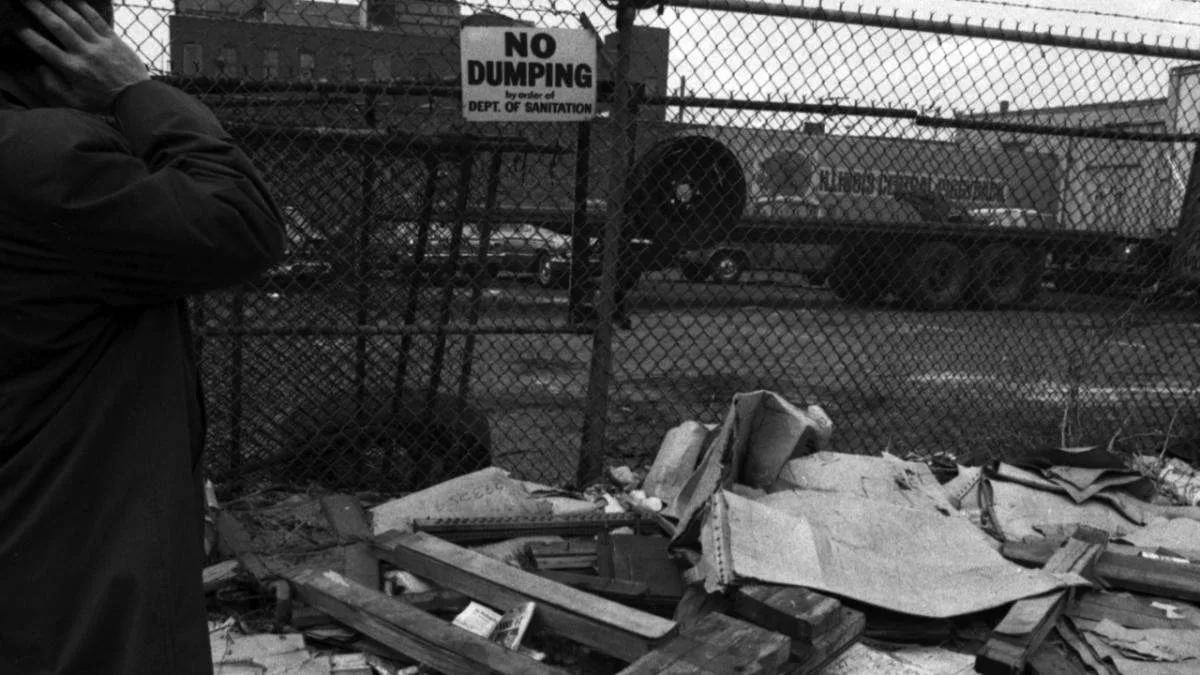
The smell of prosperity
Up until the 1970s, industry in the US was free to pollute the air and dump their waste with little fearof the consequences. In fact air pollution was accepted as the “smell of prosperity”.d
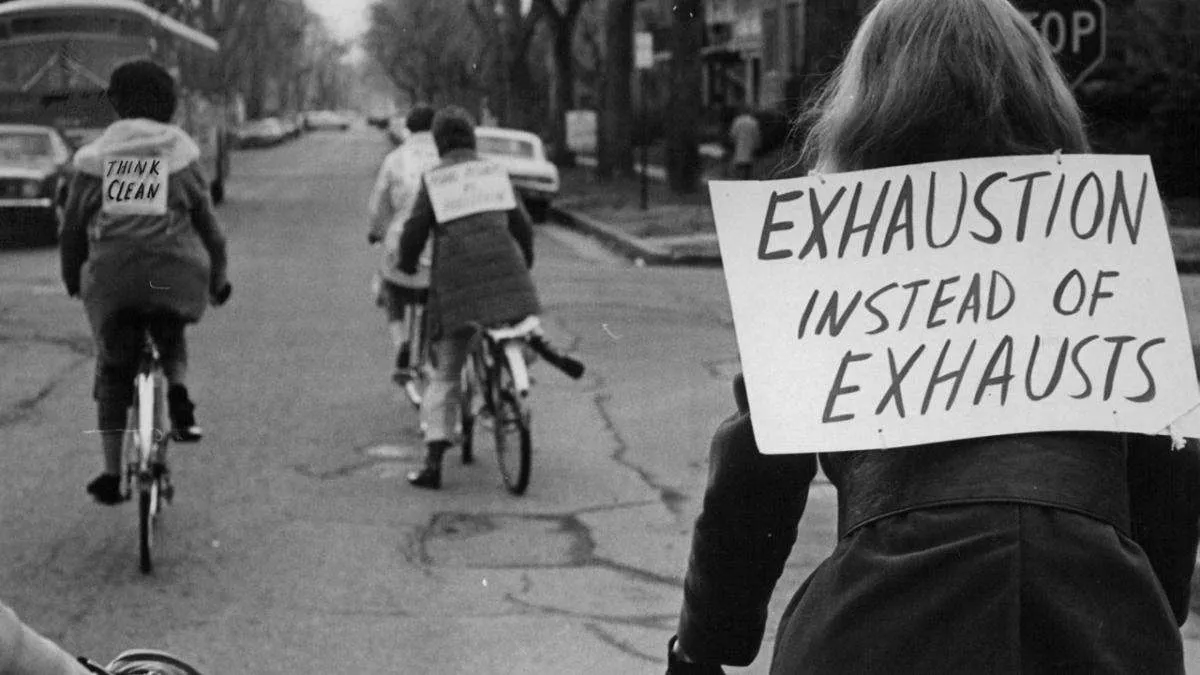
Read more:
- The unsung heroes of climate change
- 13 things you can do on Earth Day (or everyday) to help the planet
The beginning of a movement
Senator Nelson wanted to use the energy of the anti-Vietnam War movement along with the growing concern about the effects of pollutioninto galvanisingthe government to makepermanent changes to its environmental policy.
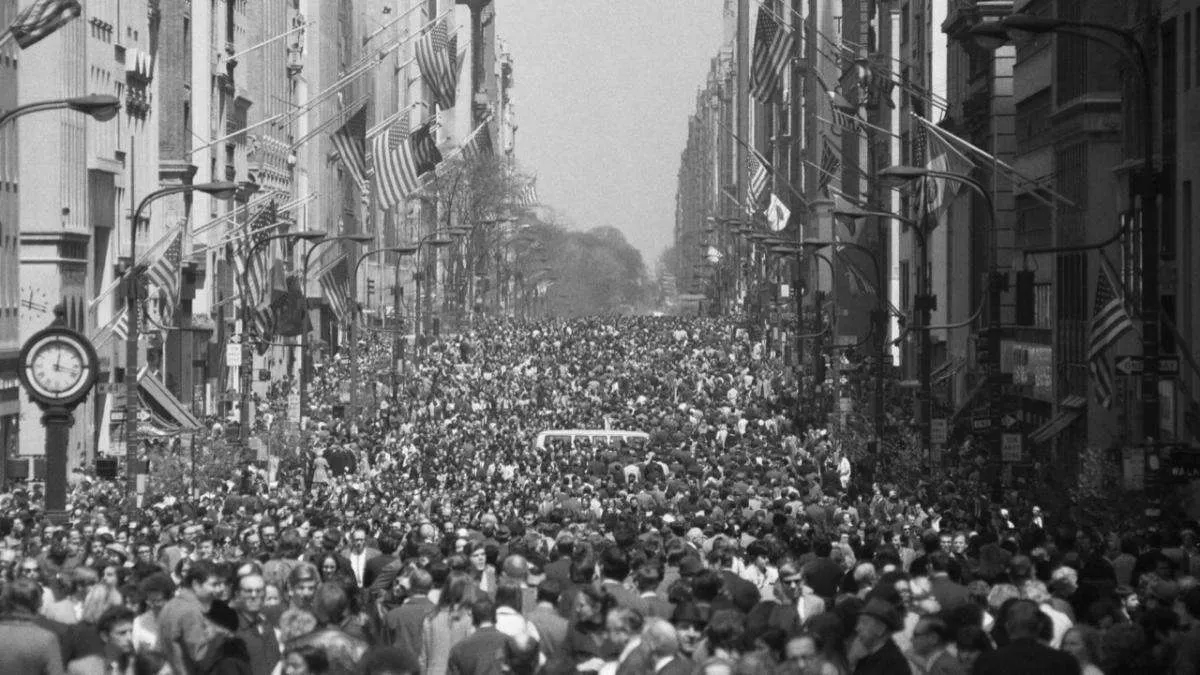
20 million march
On 22 April 1970 more than 20 million Americans lined the streets in rallies across the country.
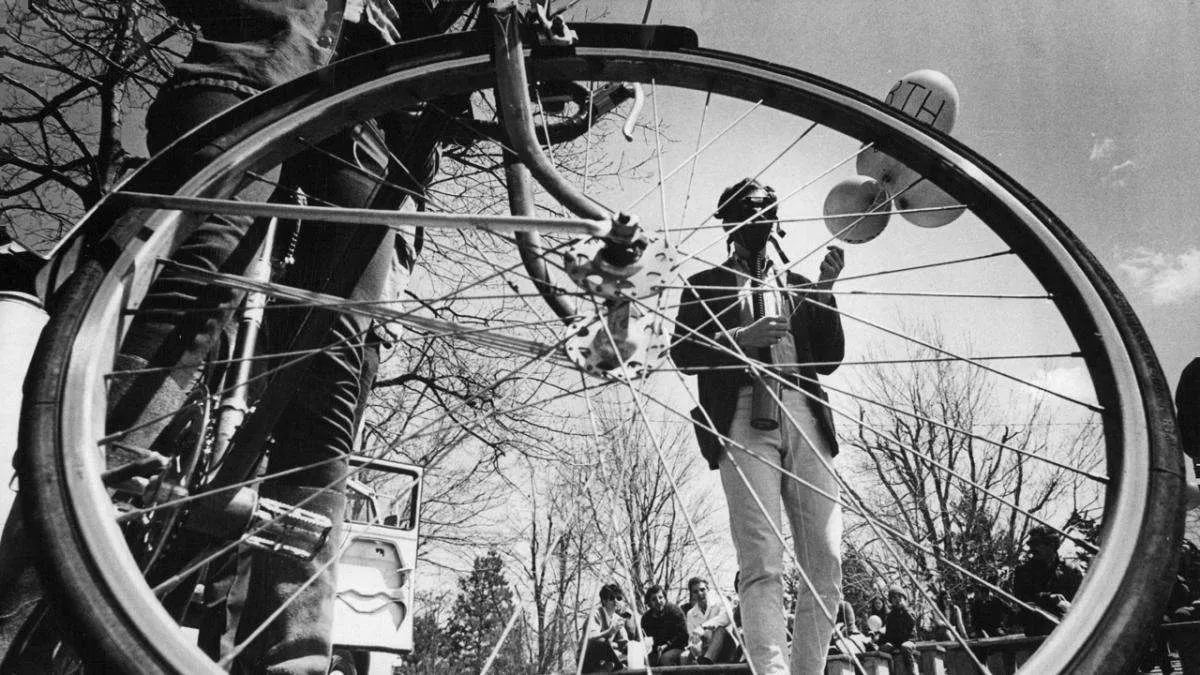
The air we breathe
They joined mass rallies to protest against everything that affected the environment;fromthe pollution in the air that was choking their daily lives...
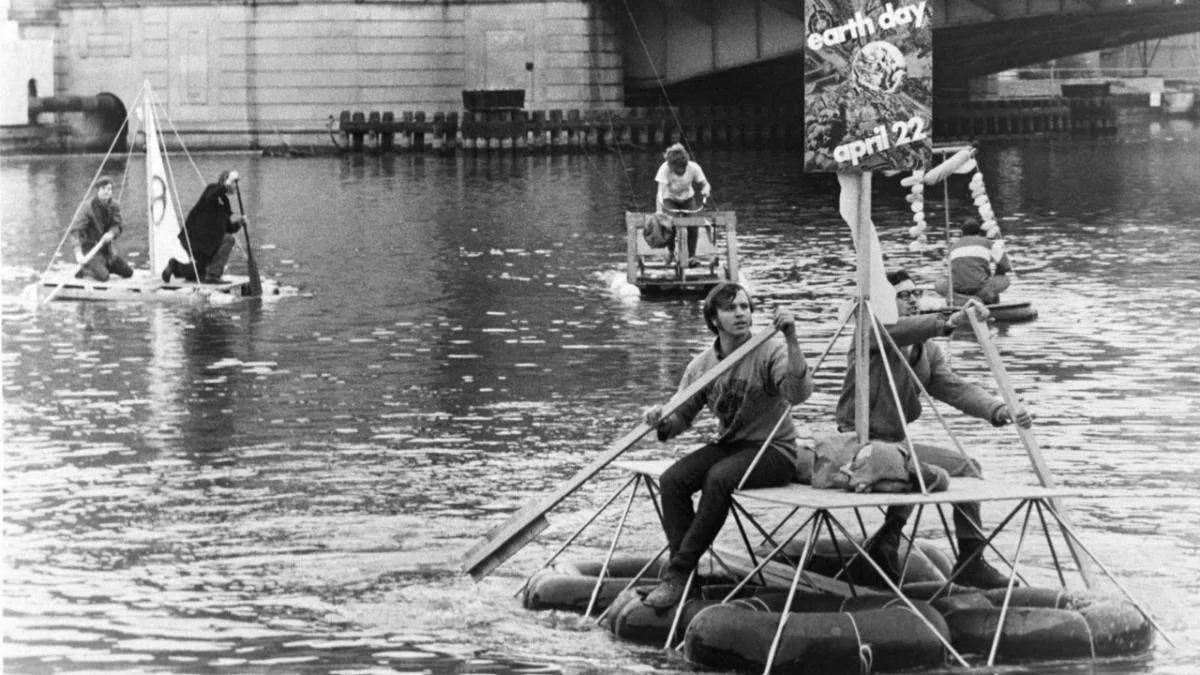
The water we drink
...to the waste that was damaging the rivers and waterways.
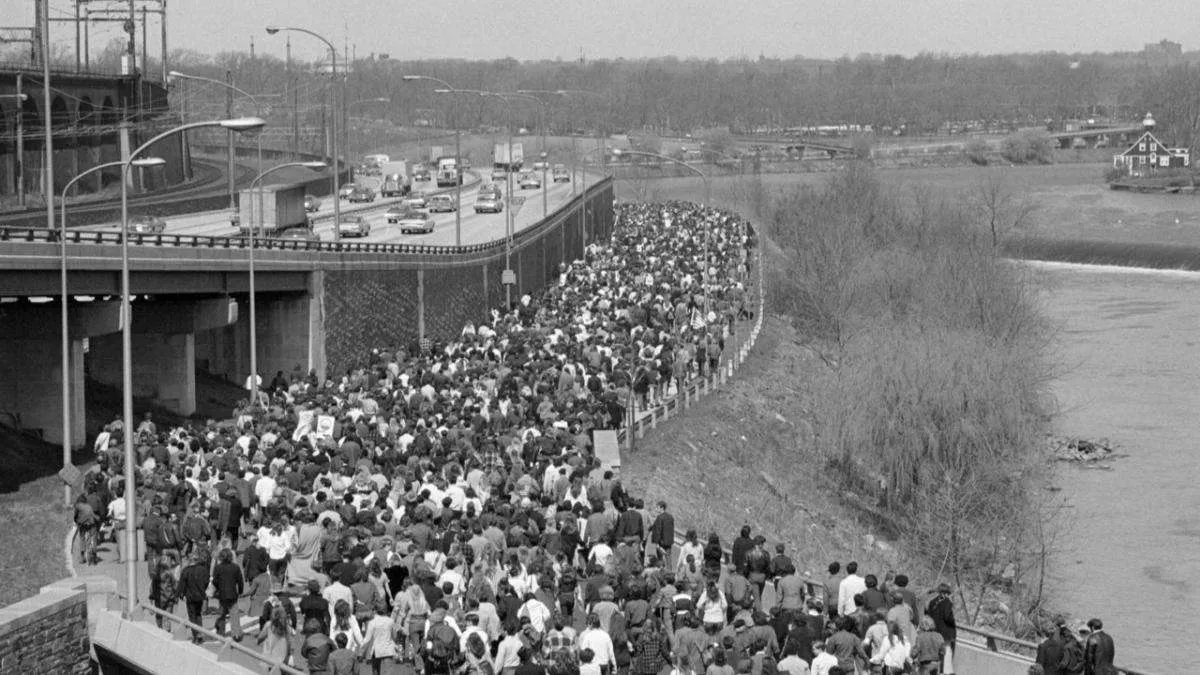
From coast to coast
They marched on the streets of cities such asPhiladelphia...
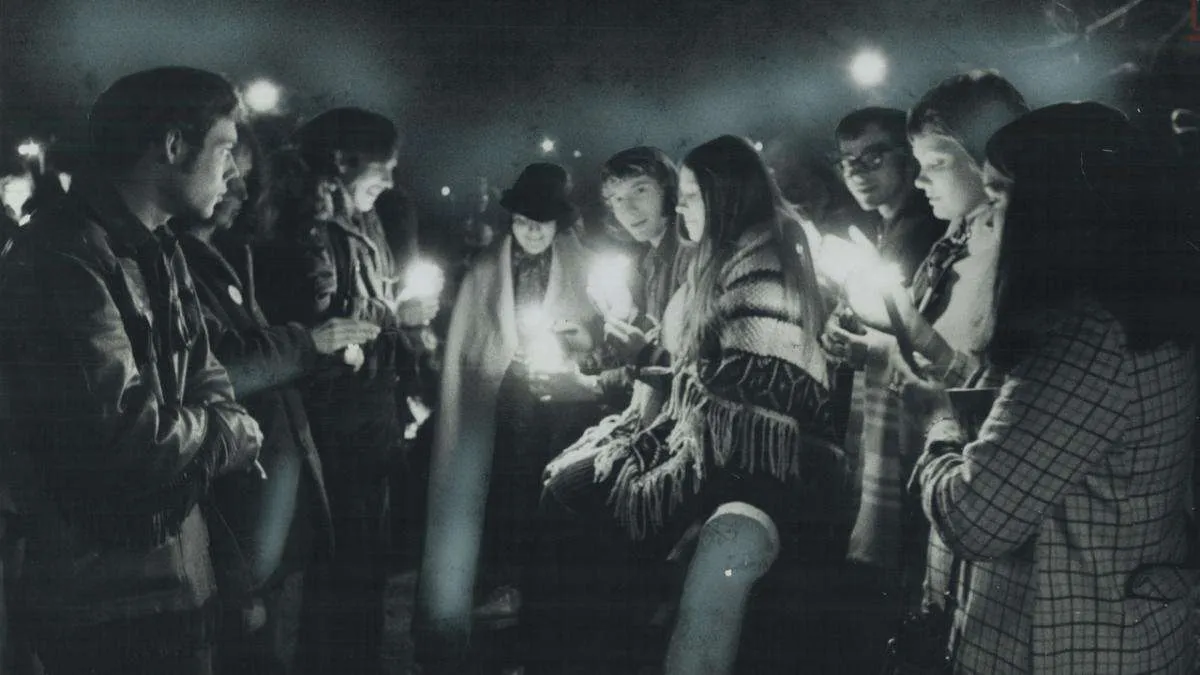
Nation to nation
...and were joined by their neighbours in Canada.
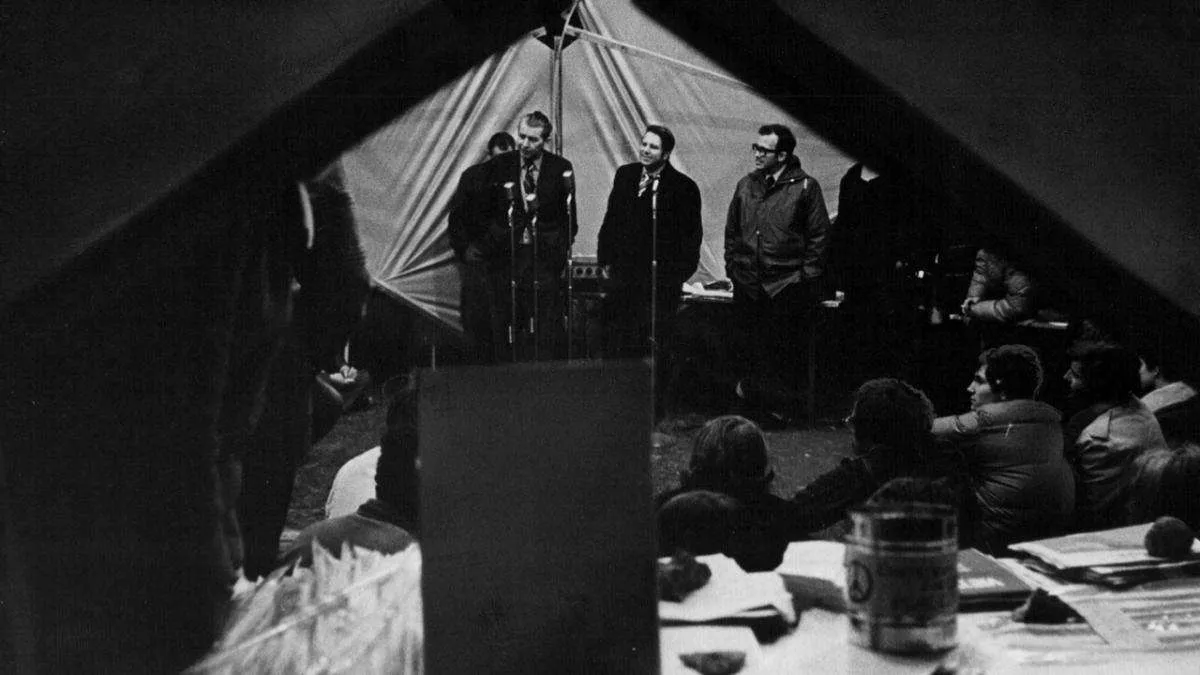
Listen to the Science Focus Podcast:
- How can we save our planet? - Sir David Attenborough
- There is no Plan B for planet Earth - Lord Martin Rees
A national teach-in
Senator Nelson wanted to create a “national teach-in on the environment” with thousands of colleges and universities organising protests and events to highlight the dangersfacing the environment.
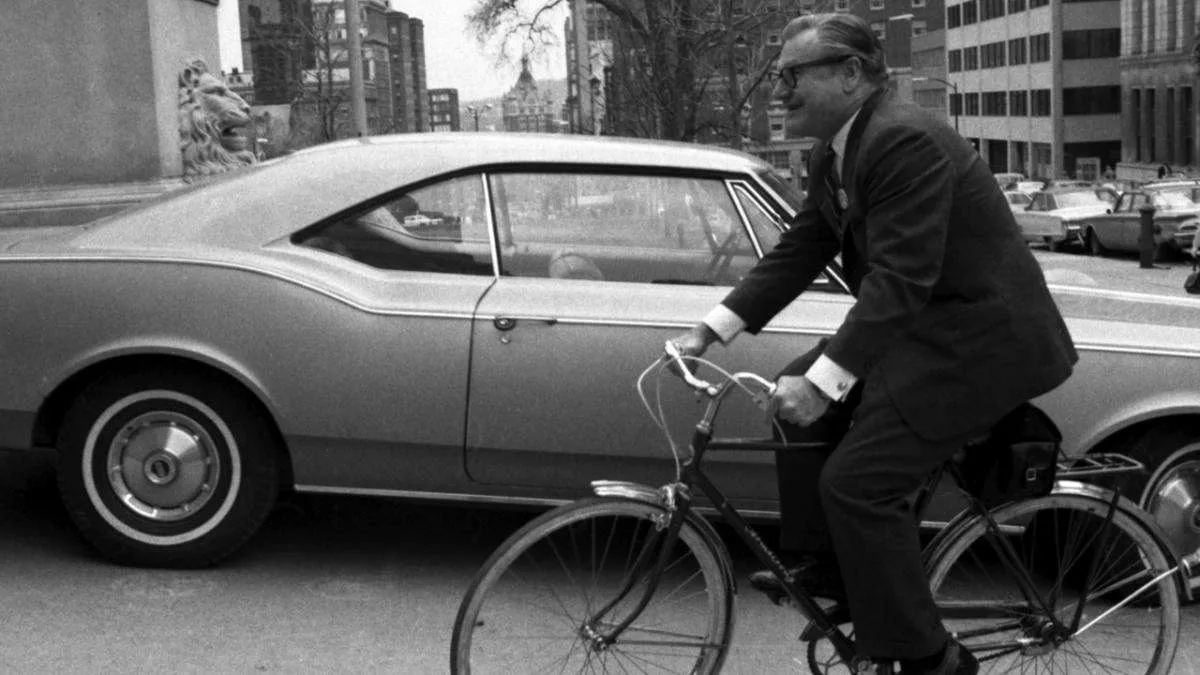
Party politics pushed aside
In a rare sight of unity, Earth Day brought both Republicans and Democrats together to fight for a common goal. Here Governor Nelson Rockefeller of the Republican Party cycles the streets of New York to show his support.
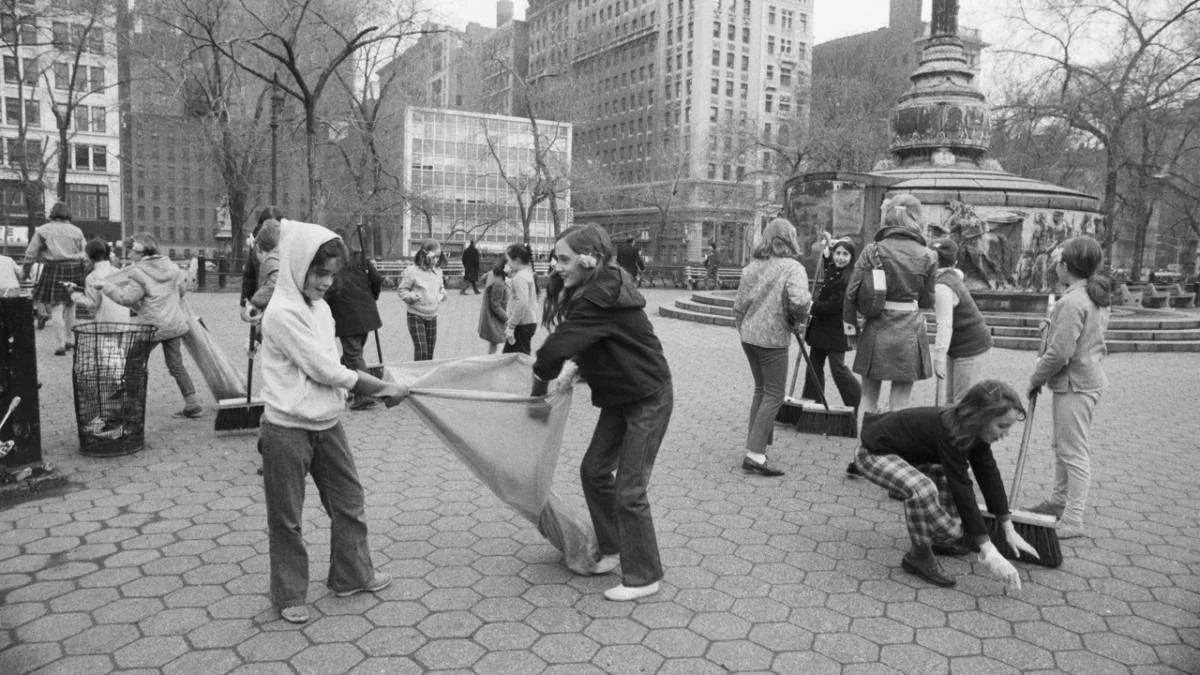
A show of unity
It wasn’t just politicians that banded together. Earth Day brought people from all walks of life under one banner, no matter if they were rich or poor, old or young,lived in the city or countryside, or were business tycoons or union leaders.
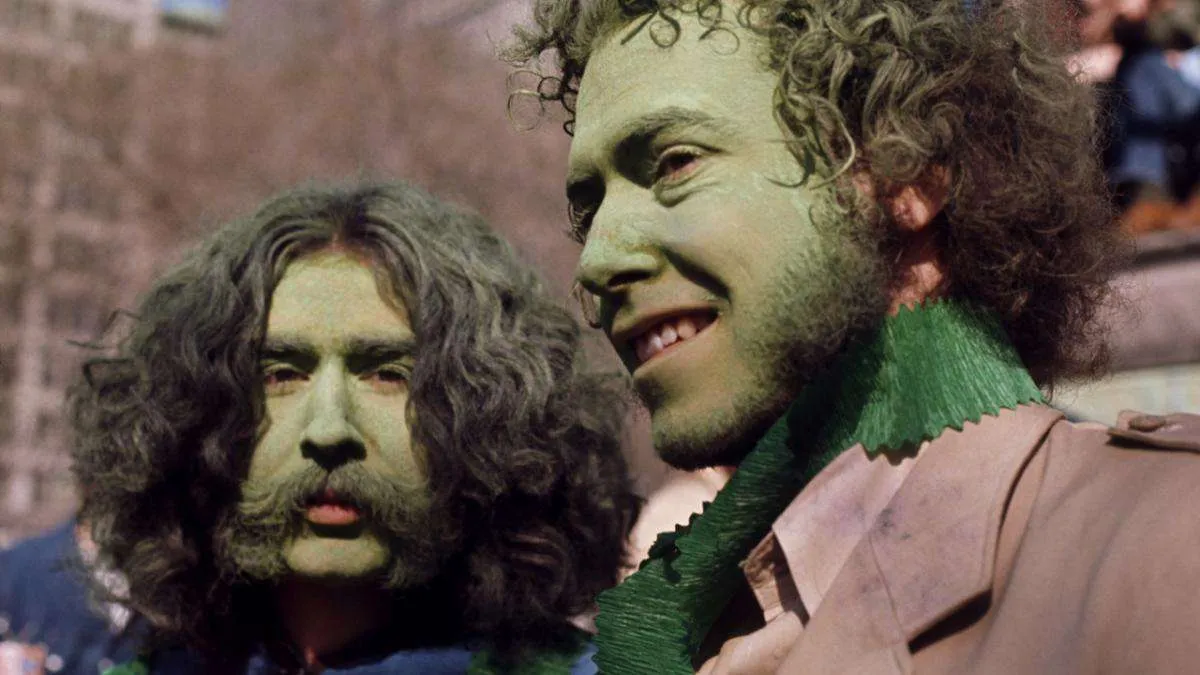
Going green
By the end of 1970 it wasn’t just the people who were going green - it was the government. Earth Day had made significant changes to the way US government acted towards the environment, creating the United States Environmental Protection Agency and the passing theClean Air,Clean Water, andEndangered SpeciesActs.

Peaceful protest
The police were prepared and vigilant, but the event passed peacefully with few arrests.
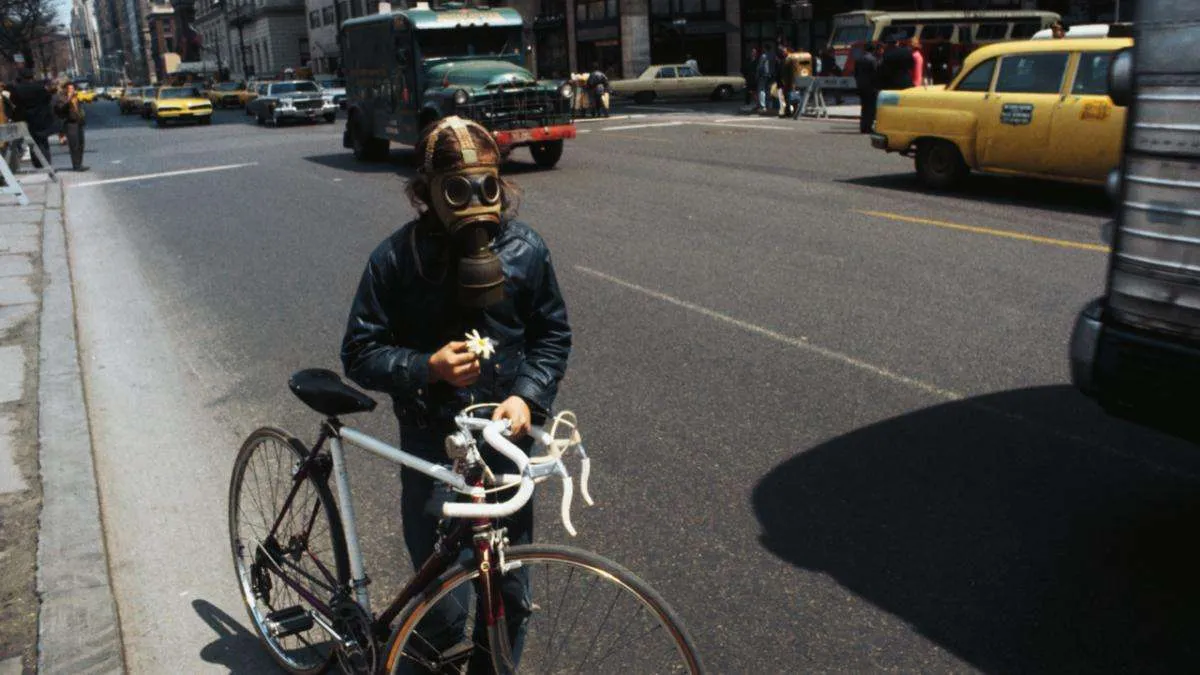
A potent symbol
The gas mask and flower served as a potent symbol for Earth Day. The gas mask represented the way we would all have to breathe in the future, while the flower showed us something we were unlikelyever to see again.
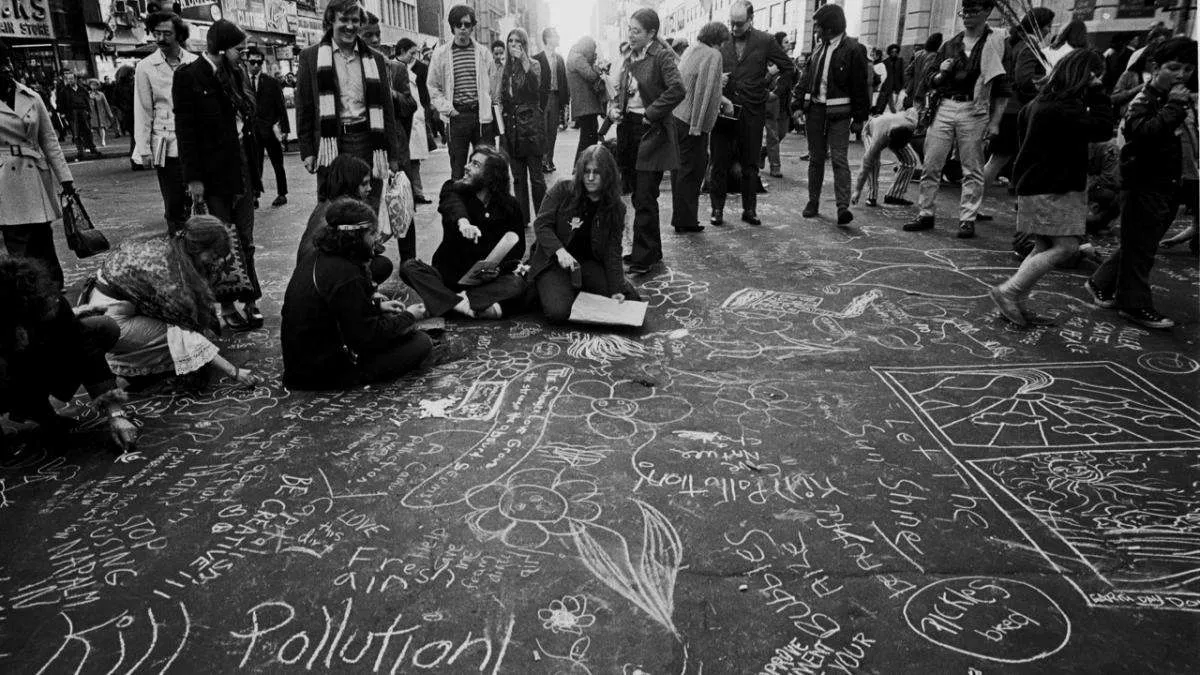
A date for our destiny
Earth Day falls annually on22 April, a date that was chosen because it landed in between spring break and exam season, meaning students were more likelyto attend. The good weather of late spring was an added bonus.
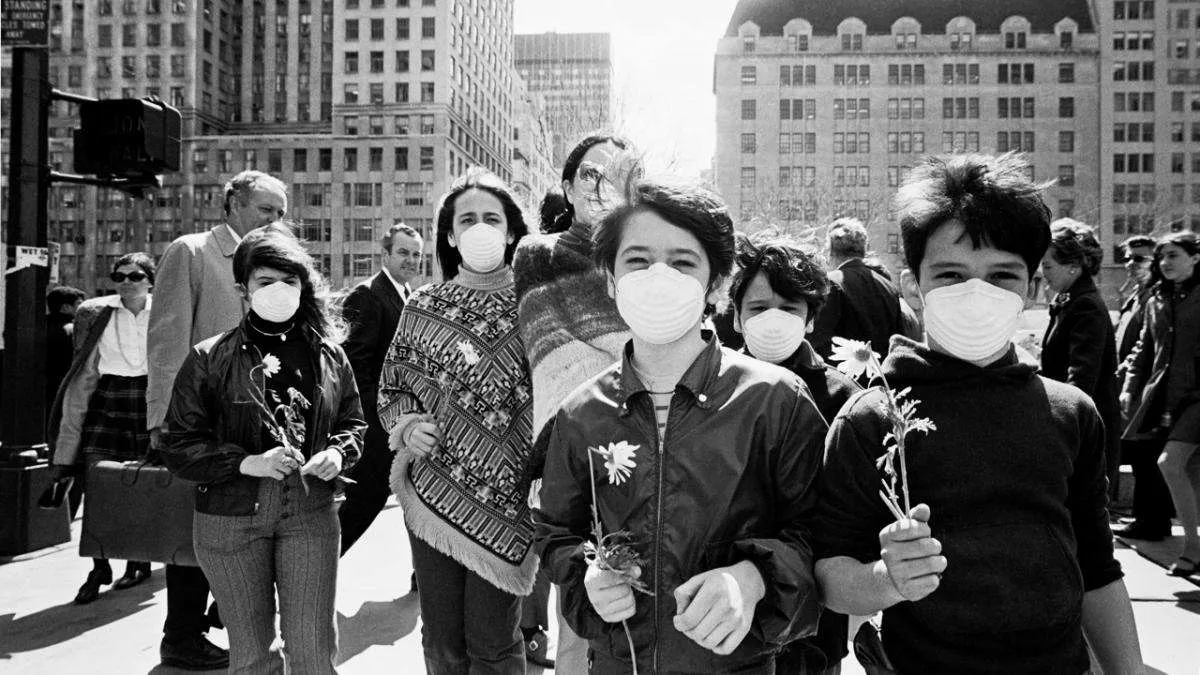
The legacy continues
Today the movement is said to involve one billion people fighting climate change to make the world a better place for future generations, making it the biggest secular observance in the world.
In recognition of his workSenator Nelson was awarded thePresidential Medal of Freedom Award in 1995, the highest civilian award bestowed by the USA.
Follow Science Focus onTwitter,Facebook, Instagramand Flipboard
